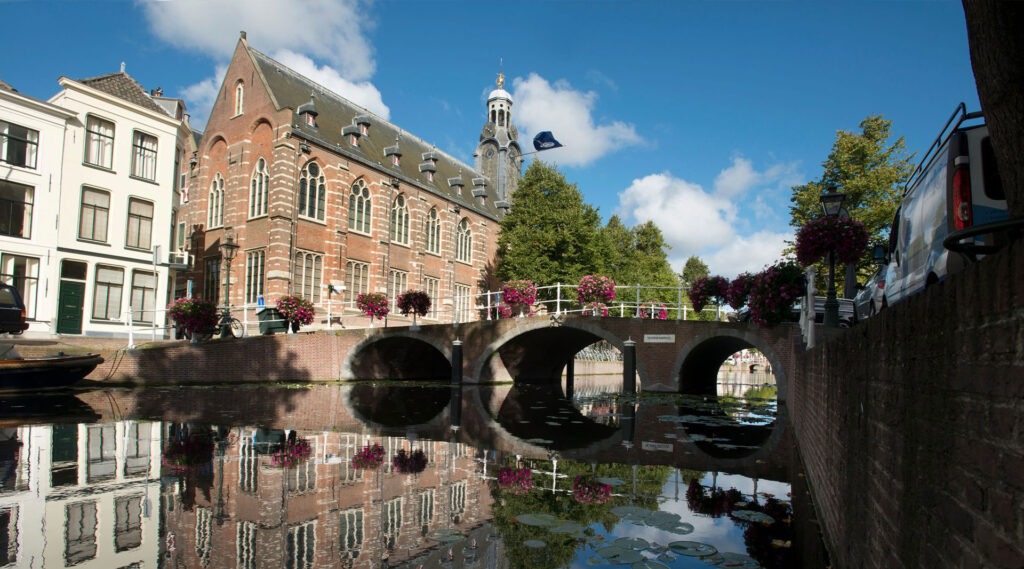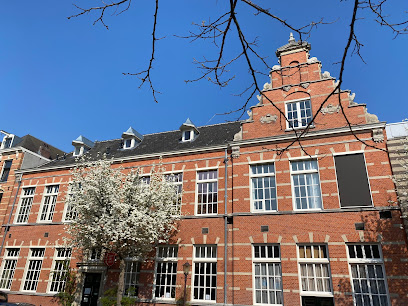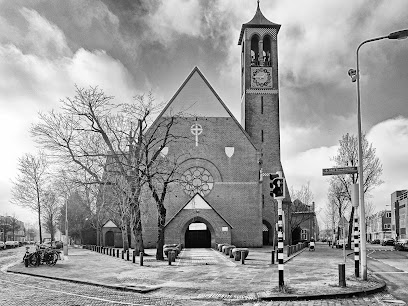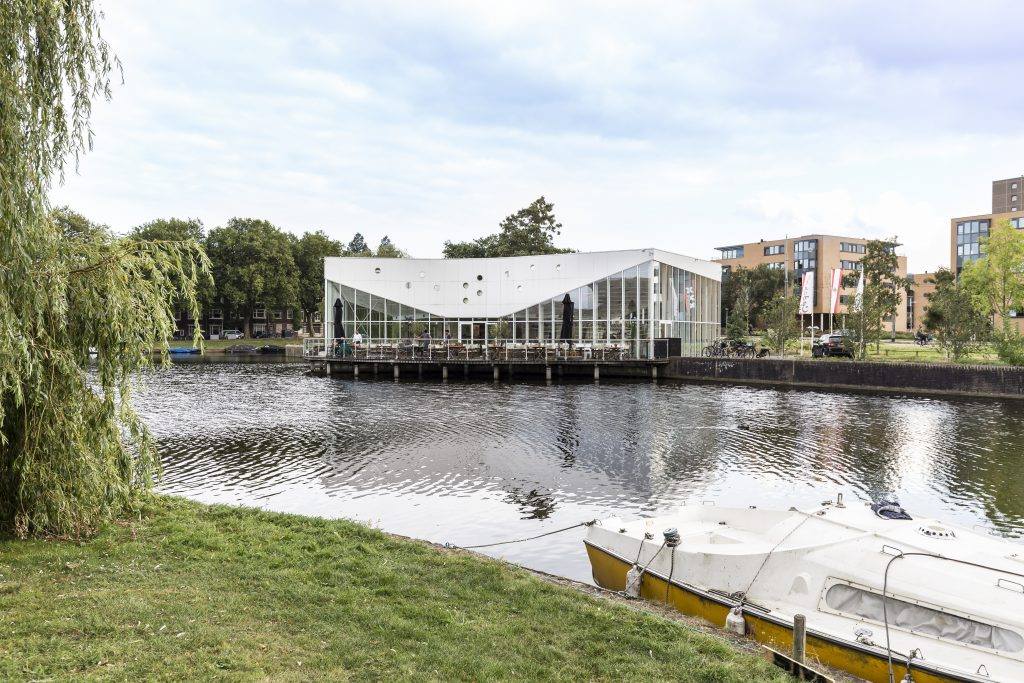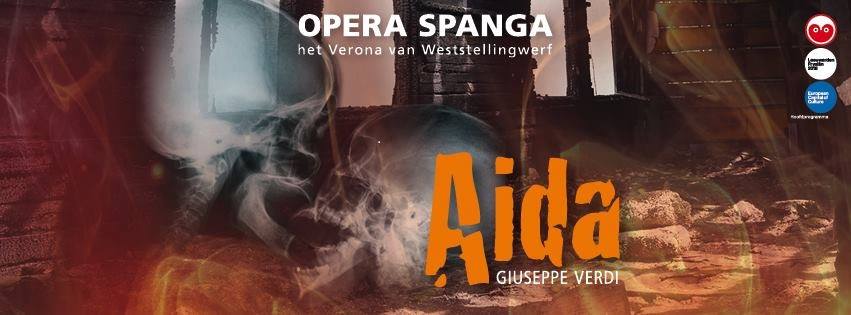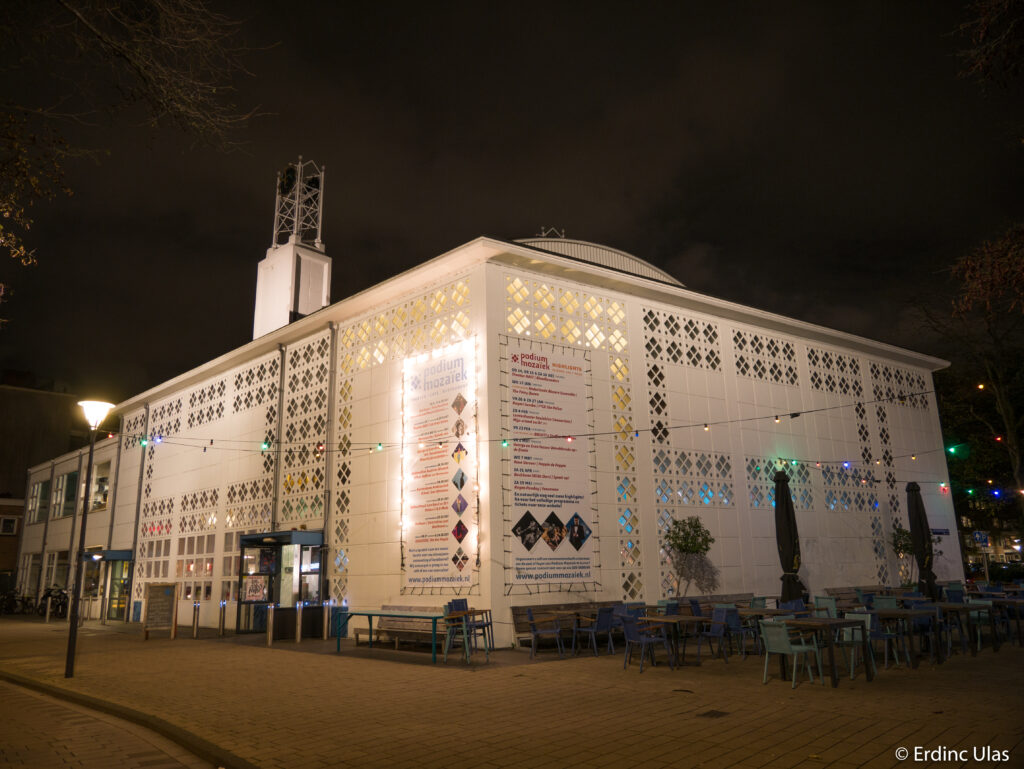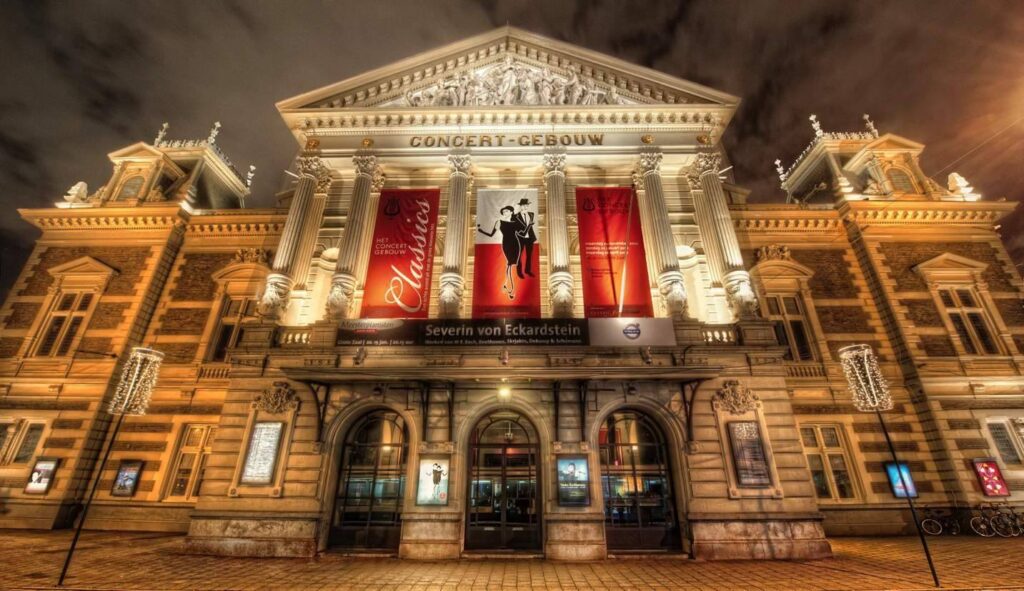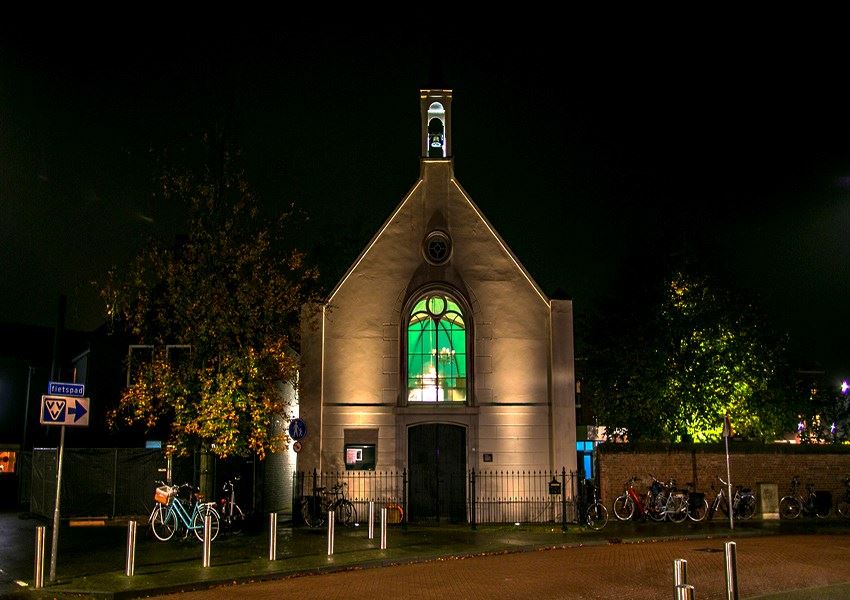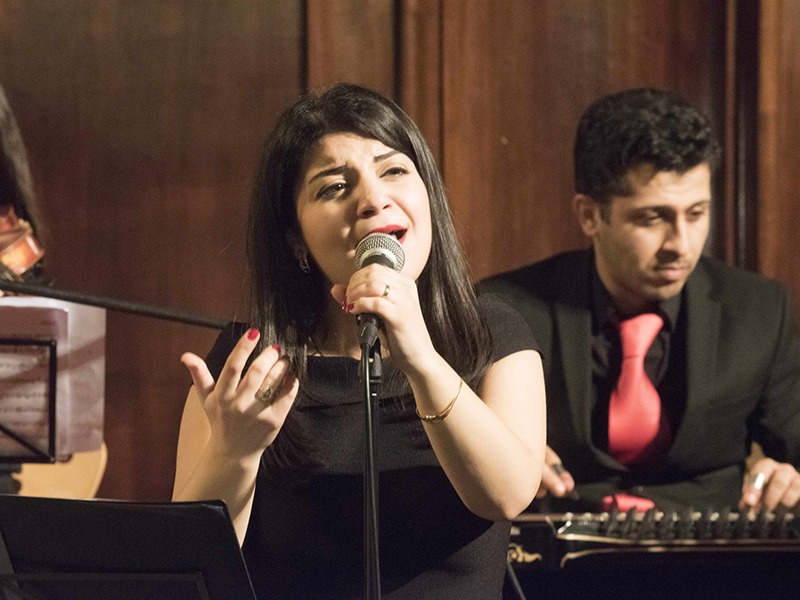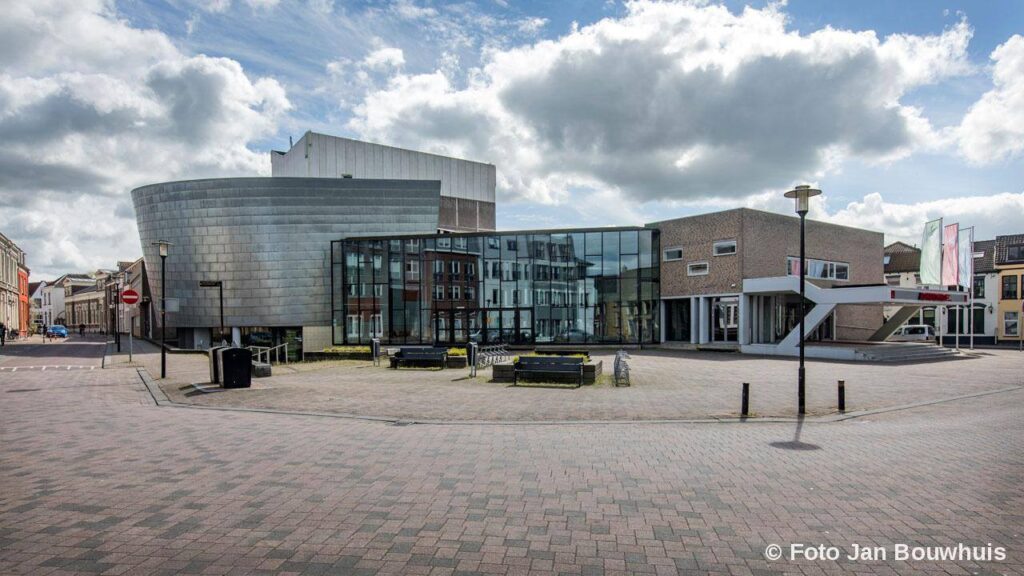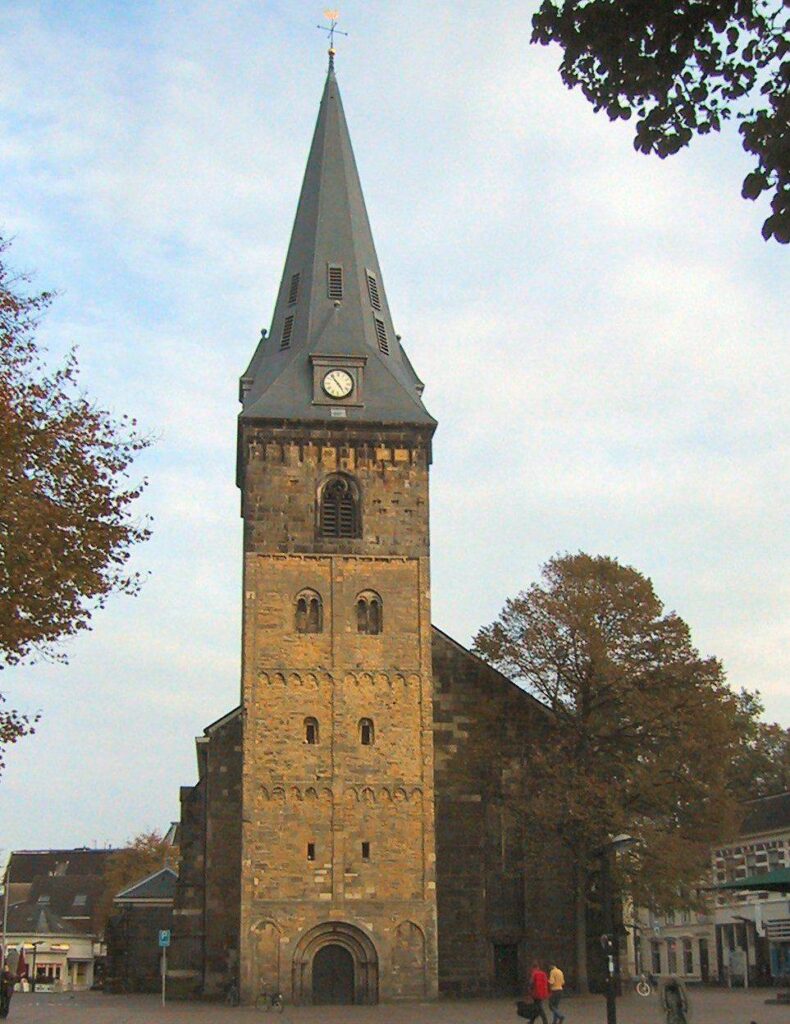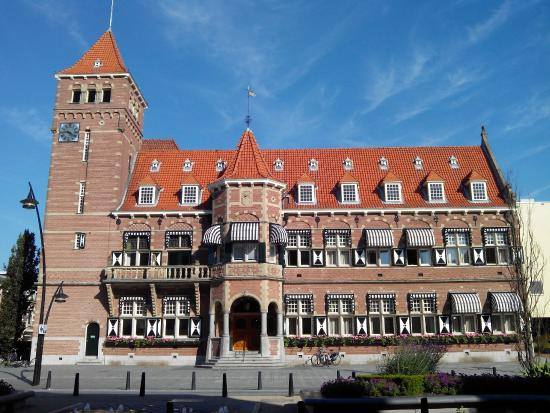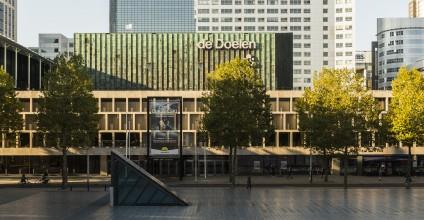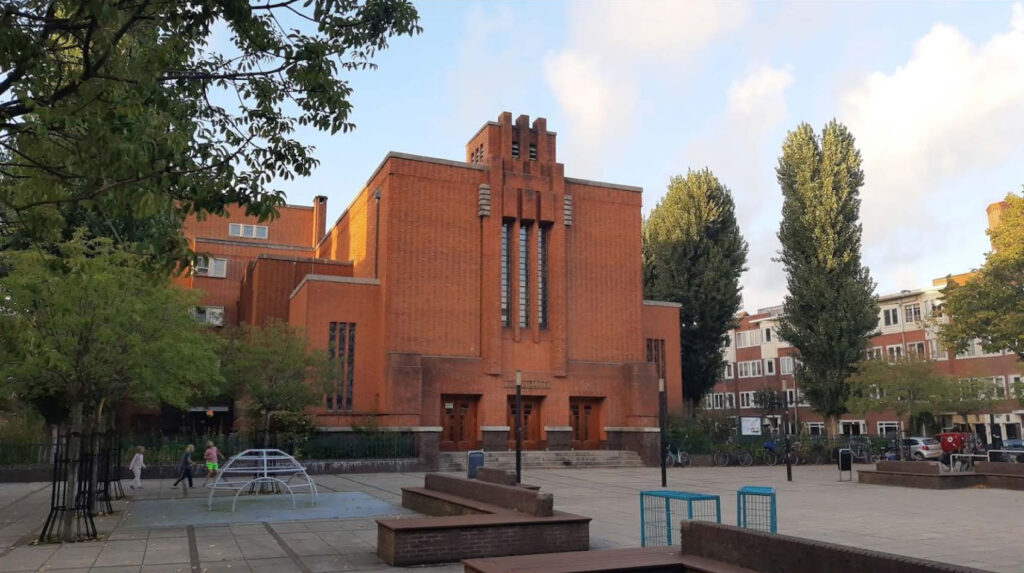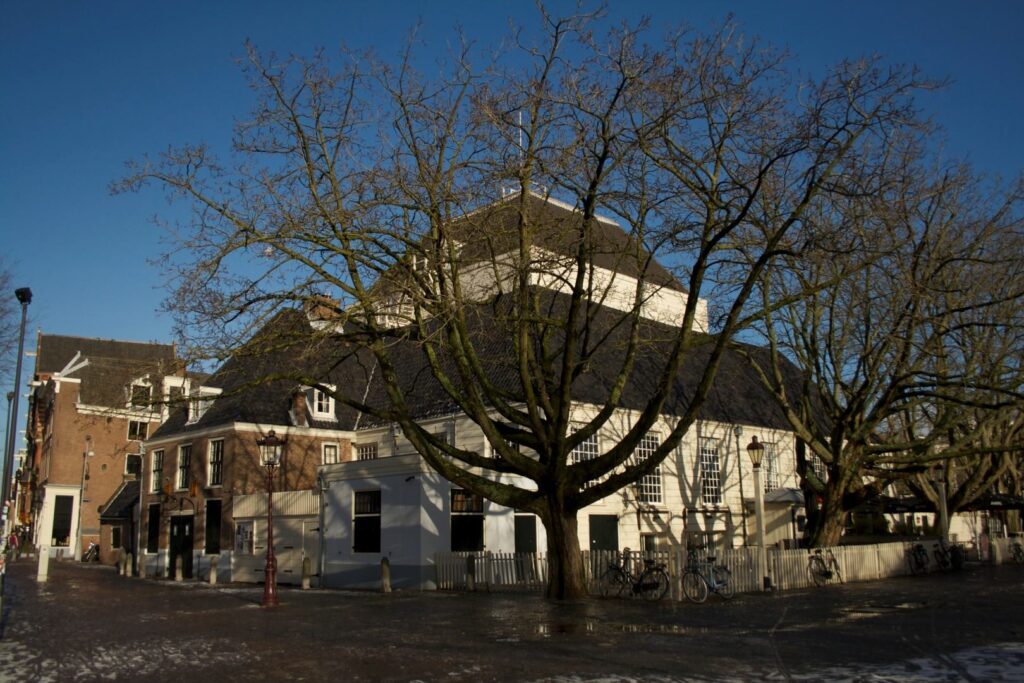SYRIA Beats Again In The Heart Of AMSTERDAM
January 12, 2018
In a gezellig church built between 1668 and 1670 by city architect Daniël Stalpaert, and restored in the late eighties of the last century, on the chilly evening of January 6, 2018, some fine Arabic music was heard. As soprano Mireille Bitar, voice of the Mozaiek Ensemble, puts it in words: that music that delighted a mainly Dutch audience, was rather “classical combined with eastern music”.
At the opening of the concert, Mireille stresses on the existence of classical genre within the Arabic Music, played with Arabic instruments such as the riq, qanun and oud, contrary to the European misperception of an Arabic music thought to have only a folk genre. The group performed their very first program, based on re-arranged well-known songs in the Eastern world (mainly Arabic world here), in a subtle adjustment to fit both standard scale and quarter tones (with maqam scales too). Flute is used instead of the nay, yet another choice made to bridge the way between both worlds. Mazaiek Ensemble opened the concert with Samai Hijaz, by Goksel Baktagir, followed by the Rahbani Brothers Ana la habibi song by Fairuz, performed in a succession of smooth notes in a classical fusion frame that only made the original rhythm sound more modern. With the medley combining Zuruni kol sana marra and Telat ya mahla nurha, both sang by Fairuz and composed by Sayed Darwish, the taksim, or improvisation on qanun by Youssef Nassif with quarter notes, added a remarkable touch on the original melody.
As for the muwashshah Lamma bada yatathanna, Feras Khouri’s piano playing revived the west in the soul of this musical genre that goes back, with this one in specific, to the 15th century, and to the Arabo-Adalusian music of the western part of the Arab world. Ana albi dalili for Muhammad Al Qasabji played next, a waltz-like arrangement that transported the audience to a ballroom somewhere in Austria: it’s not a news that Waltz influenced some of the compositions of big names such as Mohammad Abd Al Wahhab, Farid Al Atrash and Mohamad Fawzi, not to mention the rhythm called “Sarmand” which was popular in the muwashshahat and which was similar to waltz in terms of measure. After taking us this far in time and place, the concert continues with In rah minnik by Mounir Mourad that opened with a unique solo by Youssef Nassif again on the qanun that choreographed a dance of notes of divers identities in a melody, yet still sounded very innate and familiar, just like a love marriage. With Ya aashikata el wardi by Zaki Nassif, things started to change: this song took the few middle easterns in the audience to a whole new scenery: from the Lebanese mountains, the hand-tied bouquet of lily the girl with a tanned skin hiding under her long light brown fringe is holding, is then handed to a young lady in a Van Gogh painting, and turned into a pink and blue bouquet of tulips, under an occasional long day of May near the fields of Lisse.
The concert continues with Adagio minor by Tomaso Albinoni and Ya ana ya ana by Wolfgang Mozart, the first an interpretation by Majida Al Roumi with Nizar Francis lyrics, the second originally a song by Fairuz written by the Rahbani Brothers. Truth be told, I couldn’t keep any distance while listening to the first, thus I couldn’t listen objectively, but for the second, the vivid, lively, fast rhythm, the reaction of the audience for this interpretation of such a grand composition was a smart choice to lift the spirits in the venue and call for a pause of around 20 minutes. Resuming part 2 of the evening, the musicians got back to their seats but this time to a setup that looks and feels even cozier than the start: it was like a hangout time where no solos, no duos nor trios have broken the silence. It was rather a conversation between all instruments that kicked at once, a fully mature full-fledged reunion of notes, a perfectly complete circle where East and West started speaking exactly the same language: the music that comes from the heart. The ensemble started with Sultaniyegah Longa by Goksel Baktagir, then Matrahak bi albi by Ehsan El Munzer where Modar Salameh (on riq and percussion) playfully tapping the riq for notes that flirted with the lyrics, which made the whole setup even more in tune with the theme and ambiance of the song. Then came the Autumn leave by Joseph Kosma with its Arabic version written by Ziad El Rahbani and sang by his mother Fairuz. In the beginning there was piano and a singing voice. But the voice per se played many instruments at once. Then all instruments started coming in, invading this private moment, adding one after the other their oriental jazzy notes to the song. The moment slowly gave more room for more people to join in. Mireille then brought the French version in her singing which formed a beautiful mosaic of notes and languages. Ending the song on a French note though was not expected: the song that started intimately in Arabic might have been more intense had it wrapped up too with the Arabic version, in terms of emotions and depth that came along. A medely by Zaki Nassif followed, and with this song a feeling of gratefulness was spread: this is the image the Arab world deserves to live by every single day. Mireille’s voice at that moment of history muted sounds of bombs, buried thoughts of intolerance, and tore up all monochromatic pictures. Did the war in Syria come to an end? It did not. I just realized the song was too ethereal, the moment too perfect that it took me out of the world. This is how Hope sounds.
Still in the medley, Nakili Ahla Zahra again, notes flew over a bed of flowers here, moving from one to the other, and as the song goes by, the bee flying over that lawn on a hill in Mount Lebanon was rather becoming a black-tailed Godwit soaring the skies of the country. And to wrap up, a solid selection of iconic songs was played for the last four songs, Ya mahla el fussha (Syrian folk), Hilwa ya Baladi by Baligh Hamdi, Mawtini serving since 2004 as the national anthem for Iraq, by Muhammad Fulaifel, and Hanna El Sakran by the Rahbani Brothers.
The concert all together was an intimate rencontre and to top it all off, the ensemble played and sang an unexpected encore: it was Aan de Amsterdamse grachten by Wim Sonneveld and emotions this song, these beautiful musicians brought with this song by the end of that evening, is just beyond words. I will leave you here with your imagination…
Line-up:
Eight young professional musicians:
Feras Khouri (Syria) – piano /arrangement
Mireille Bittar (Syria) – soprano
Anahi Oraisón (South America/Netherlands) – violin
Karel Bredenhorst (Netherlands)- cello
Ayman Hajjmian (Syria) – contrabass
Adeline Salles (France) – flute
Youssef Nassif (Syria) –qanun
Modar Salameh (Syria) – percussion/riq
The ensemble is currently managed by Hedwig Paesbrugge.



